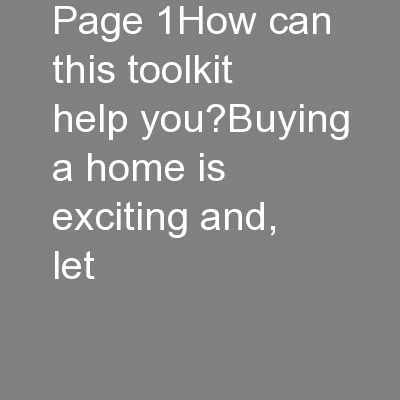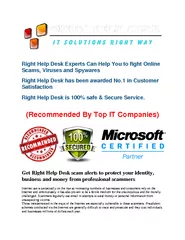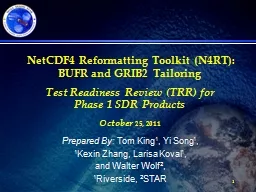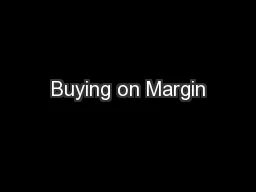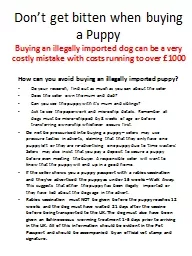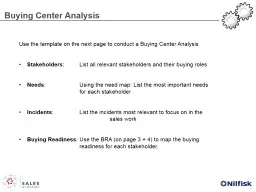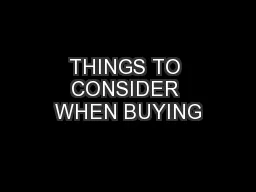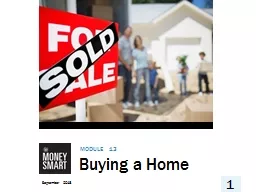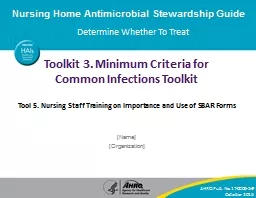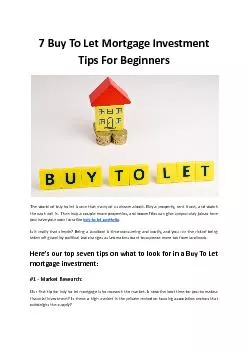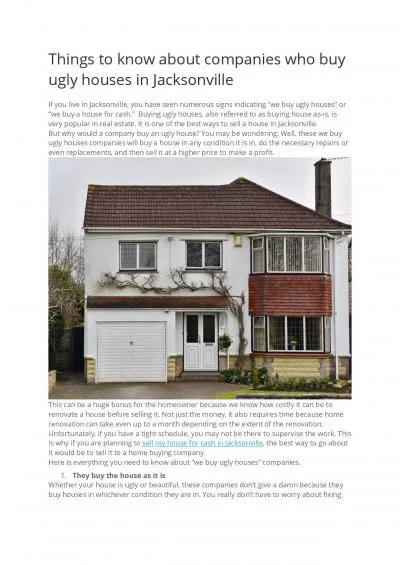PDF-Page 1How can this toolkit help you?Buying a home is exciting and, let
Author : alida-meadow | Published Date : 2016-04-24
How to use the toolkit The location symbol orients you to where you are in the home buying process The pencil tells you it is time to get out your pencil or pen
Presentation Embed Code
Download Presentation
Download Presentation The PPT/PDF document "Page 1How can this toolkit help you?Buyi..." is the property of its rightful owner. Permission is granted to download and print the materials on this website for personal, non-commercial use only, and to display it on your personal computer provided you do not modify the materials and that you retain all copyright notices contained in the materials. By downloading content from our website, you accept the terms of this agreement.
Page 1How can this toolkit help you?Buying a home is exciting and, let: Transcript
Download Rules Of Document
"Page 1How can this toolkit help you?Buying a home is exciting and, let"The content belongs to its owner. You may download and print it for personal use, without modification, and keep all copyright notices. By downloading, you agree to these terms.
Related Documents

